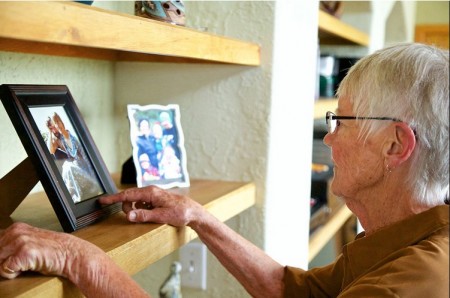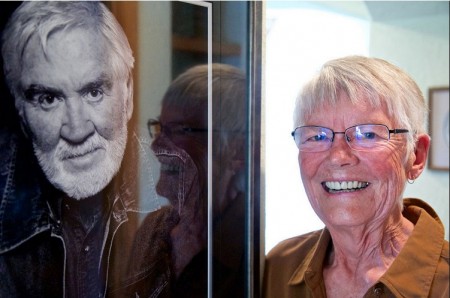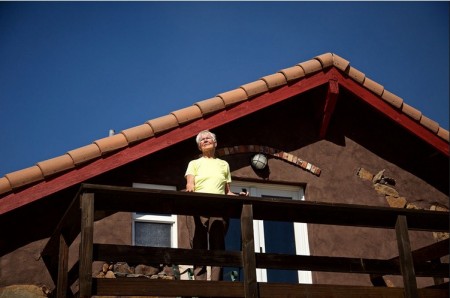While the end of life experience is universal, the behaviors associated with expressing grief are very much culturally bound. Death and grief being normal life events, all cultures have developed ways to cope with death in a respectful manner, and interfering with these practices can disrupt people’s ability to cope during the grieving process. While health care providers cannot be expected to know the mourning ceremonies and traditions of each family’s culture, understanding some basics about how different cultures may prepare for and respond to death is important. Though difficult to ask, there are crucial questions that need to be part of conversations between doctors and nurses and families. For example:
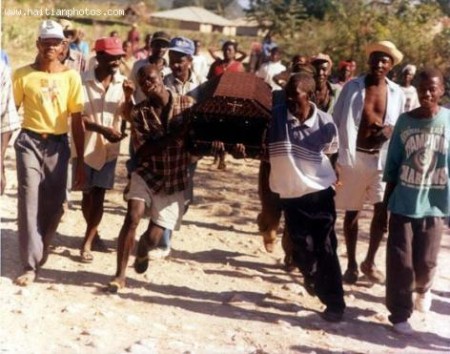 What are the cultural rituals for coping with dying, the deceased person’s body, the final arrangements for the body and honoring the death?
What are the cultural rituals for coping with dying, the deceased person’s body, the final arrangements for the body and honoring the death?
What are the family’s beliefs about what happens after death?
- What does the family consider to be the roles of each family member in handling the death?
- Who should the doctor talk to about test results or diagnosis?
- Are certain types of death less acceptable (for example, suicide) or are certain types of death especially hard to handle for that culture (for example, the death of a child – this example may seem too obvious, but in countries with high infant mortality, there are indeed different attitudes about the loss of children.)3
This list of questions is so important because patients and families should be viewed as a source of knowledge about their special/cultural needs and norms – but health care professionals sometimes are at a loss about what to ask under such trying circumstances. There is perhaps no area where reliance on cultural reference books is less useful. The degree of acculturation is absolutely paramount in determining the beliefs and traditions a family will follow when coping with impending death, post-death arrangements and mourning. While we can find many similarities across cultures, such as wearing black as a sign of mourning, there are always exceptions. In China, for example, white is the color of death and mourning. Part of why the degree of acculturation is highly significant is that blending belief systems becomes more pronounced in highly acculturated persons. There are places in the world where accommodation is made for multiple faiths. For example, in Nigeria there is a triple heritage of Christianity, Islam, and ancestor worship2. Similar blending can be found in Caribbean nations and Mexico where Catholicism can be mixed with indigenous folk beliefs like Voodoo and Curanderismo. Another layer of expectation comes with living in the United States culture and relying on the Western medical culture. The mix of cultural/religious attitudes and behaviors surrounding death and dying can become very complex indeed. And when a death actually occurs, some individuals suddenly choose to break with tradition entirely, often creating chaos within families.
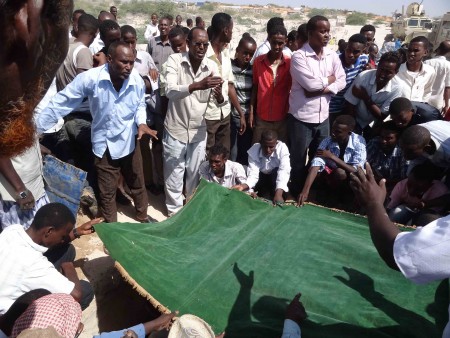
What follows in this article are some important points of consideration, but the list is introductory in nature at best. There is a strong focus on religions because religion can be thought of as a cultural system of meaning that helps to solve problems of uncertainty, powerlessness, and scarcity that death creates. In placing death within a religious perspective, bereaved persons find meaning for an event that for many is inexplicable.1 (Each underlined heading is a link to further resources for readers.)
Monotheistic Religions: Especially since the events of 911 changed many people’s views of Muslims, it is important to be aware that Christians and Muslims both believe death is a transition to a more glorious place and both believe in the sovereignty of a God (Allah) in matters of loss and take consolation in phrases such as “Allah giveth and Allah taketh away.” Both are also faiths springing from a single scripture, founder or sacred place. Readings from the Koran or Bible are important parts of the recognizing the departure of a loved one from this life. Similarly, in the Jewish faith, there is the expression mourners recite a few minutes before a funeral begins: “The Lord has given and the Lord has taken, blessed be the name of the Lord.” Both Muslims and Christians believe in the afterlife and view worldly life much in terms of preparing for eternal life. In the Jewish tradition, the focus is on the purpose of earthly life, which is to fulfill one’s duties to god and one’s fellow man. Succeeding at this brings reward, failing at it brings punishment.
The traditions around death and dying differ greatly across all three major monotheistic religious systems (as well as within different branches of each faith, i.e. Jehovah’s Witnesses and Mormonism in Christianity). They are highly nuanced and very hard for outsiders to understand thoroughly. Key rituals and practices that differ widely between religions include the preparation of the deceased person’s body, the permissibility of organ donation, and the choosing of cremation vs. burial.
Ancestor Worship: The premise of ancestor worship is based on understanding that the course of life is cyclical not linear. 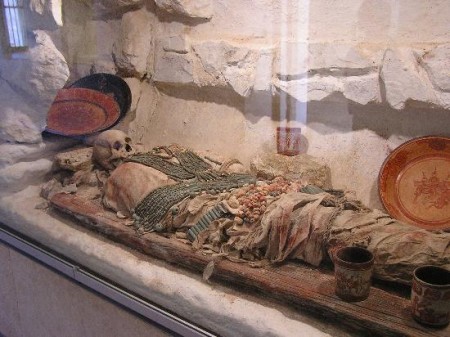 Those who are dead may not be seen physically, but are alive in a different world and/or can reincarnate in new births. Ancestor worship in various forms can be found in many parts of the world and is very strong in parts of Africa and Asia. Many Native Americans and Buddhists alike believe that the living co-exist with the dead. A central theme in all ancestor worship is that the lives of the dead may have supernatural powers over those in the living world – the ability to bless, curse, give or take life. In some cultures, worship of the dead is important, and includes making offerings of food, money, clothing, and blessings. In China there is the annual observance of “sweeping the graves” and as its name denotes, it is a time for people to tend the graves of the departed ones. In Mexico, there is The Day of the Dead (Dia de los Muertos), a holiday that focuses on gatherings of family and friends to pray for and remember those who have died. The Day of the Dead is also celebrated by many Latin Americans living in the U.S. and Canada. The intent of the celebration is to encourage visits by the souls of the departed so that those souls will hear the prayers and the comments of the living directed at them. It makes sense that in cultures where ancestor worship is common, the acceptance of organ donation and cremation may be low.
Those who are dead may not be seen physically, but are alive in a different world and/or can reincarnate in new births. Ancestor worship in various forms can be found in many parts of the world and is very strong in parts of Africa and Asia. Many Native Americans and Buddhists alike believe that the living co-exist with the dead. A central theme in all ancestor worship is that the lives of the dead may have supernatural powers over those in the living world – the ability to bless, curse, give or take life. In some cultures, worship of the dead is important, and includes making offerings of food, money, clothing, and blessings. In China there is the annual observance of “sweeping the graves” and as its name denotes, it is a time for people to tend the graves of the departed ones. In Mexico, there is The Day of the Dead (Dia de los Muertos), a holiday that focuses on gatherings of family and friends to pray for and remember those who have died. The Day of the Dead is also celebrated by many Latin Americans living in the U.S. and Canada. The intent of the celebration is to encourage visits by the souls of the departed so that those souls will hear the prayers and the comments of the living directed at them. It makes sense that in cultures where ancestor worship is common, the acceptance of organ donation and cremation may be low.
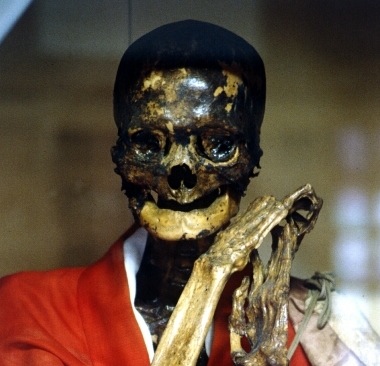
Buddhism and Hinduism: Hinduism does not have roots springing from a single scripture, founder or sacred place. It is more like an umbrella term describing a set of philosophies and ways of life. Buddhism has a single founder, but the Buddha is not prayed to in the same sense as a God or Allah. Buddhism is also a set of philosophies for living. There are marked differences between the two, or course, but in both death is not seen as the end of life; it is merely the end of the body we inhabit in this life. The spirit remains and will seek attachment to a new body and a new “life” – in Buddhism it is called a “kulpa,” which is a unit of time. Where a given person will be born again is a result of the past and the accumulation of positive and negative action, and the result of karma. Followers of both traditions keep in mind the impermanence of life. The transition of a soul to a new life is very important so both traditions observe specific rituals at the time of dying and the handling of the body. The corpse of a Buddhist should not be touched for 3-8 hours after breathing ceases as the spirit lingers on for some time. Hindus believe the body of the dead must be bathed, massaged in oils, dressed in new clothes, and then cremated before the next sunrise. It follows that cremation would be acceptable in a faith where the soul will be released to find another body to inhabit.
Truth-telling to Patients: In collectivist cultures, the good of the individual is often so enmeshed with the good of the family 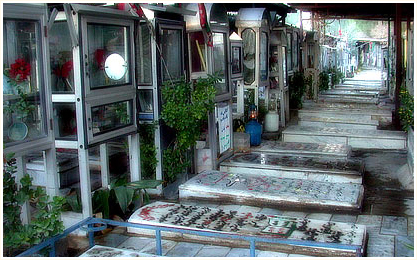 or in-group that family members may have a greater say in health care decisions than the patient does in some circumstances. In many countries, family members may become very upset if a physician reveals bad news directly to the patient. Families and patients may place great value on the right NOT to know! This is completely at odds with the standards set forth in the Patient Self Determination Act http://en.wikipedia.org/wiki/Patient_Self-Determination_Act which secures certain rights legally for all patients in the U.S. The health care system needs to be flexible enough to accommodate communication patterns that look different from those within the informed-consent tradition which insists doctors and nurses tell patients everything. So, a key question in cross-cultural health care situations would be: Who do you want me to talk to about test results or diagnosis?
or in-group that family members may have a greater say in health care decisions than the patient does in some circumstances. In many countries, family members may become very upset if a physician reveals bad news directly to the patient. Families and patients may place great value on the right NOT to know! This is completely at odds with the standards set forth in the Patient Self Determination Act http://en.wikipedia.org/wiki/Patient_Self-Determination_Act which secures certain rights legally for all patients in the U.S. The health care system needs to be flexible enough to accommodate communication patterns that look different from those within the informed-consent tradition which insists doctors and nurses tell patients everything. So, a key question in cross-cultural health care situations would be: Who do you want me to talk to about test results or diagnosis?
 Expressions of Grief: In some cultures, showing grief, including wailing, is expected of mourners because the more torment displayed and the more people crying, the more the person was loved. In other cultures, restraint is expected. Rules in Egypt and Bali, both Islamic countries, are opposite; in Bali women may be strongly discouraged from crying, while in Egypt women are considered abnormal if they don’t nearly incapacitate themselves with demonstrative weeping. In Japan, it is extremely important not to show one’s grief for a number of reasons. Death should be seen as a time of liberation and not sorrow, and one should bear up under misfortune with strength and acceptance. One never does anything to make someone else uncomfortable. In Latino cultures, it may be appropriate for women to wail, but men are not expected to show overt emotion due to “machismo.” In China, hiring professional wailers may be customary in funerals, which may sound odd, but this was also a common practice in Victorian England.
Expressions of Grief: In some cultures, showing grief, including wailing, is expected of mourners because the more torment displayed and the more people crying, the more the person was loved. In other cultures, restraint is expected. Rules in Egypt and Bali, both Islamic countries, are opposite; in Bali women may be strongly discouraged from crying, while in Egypt women are considered abnormal if they don’t nearly incapacitate themselves with demonstrative weeping. In Japan, it is extremely important not to show one’s grief for a number of reasons. Death should be seen as a time of liberation and not sorrow, and one should bear up under misfortune with strength and acceptance. One never does anything to make someone else uncomfortable. In Latino cultures, it may be appropriate for women to wail, but men are not expected to show overt emotion due to “machismo.” In China, hiring professional wailers may be customary in funerals, which may sound odd, but this was also a common practice in Victorian England.
Conclusion: For health care professionals, providing culturally sensitive bereavement/end of life care is understandably an  issue of discomfort. Language and cultural barriers obviously compound the challenges of being professionally appropriate and compassionate. Patients and families may be in need of compassion, advice, and guidance from doctors and nurses, but often the realities of a given situation include a press for time and both physical and emotional exhaustion among providers and families. It happens – sometimes we simply fail, in the moment, to express sufficient sensitivity and warmth when critical decisions must be made. The clinical facts are immediate and demand logical linear thinking which is natural for those trained in the Western medical tradition. For many cultures, such a direct approach may seem harsh, and decisions about something like organ donation might be experienced as inhumane immediately upon death. The questions suggested in this article can be used to ease some of the communication challenges and facilitate more openness between health care professionals and families around death and dying. Of course they should be tailored to the context of a given situation.
issue of discomfort. Language and cultural barriers obviously compound the challenges of being professionally appropriate and compassionate. Patients and families may be in need of compassion, advice, and guidance from doctors and nurses, but often the realities of a given situation include a press for time and both physical and emotional exhaustion among providers and families. It happens – sometimes we simply fail, in the moment, to express sufficient sensitivity and warmth when critical decisions must be made. The clinical facts are immediate and demand logical linear thinking which is natural for those trained in the Western medical tradition. For many cultures, such a direct approach may seem harsh, and decisions about something like organ donation might be experienced as inhumane immediately upon death. The questions suggested in this article can be used to ease some of the communication challenges and facilitate more openness between health care professionals and families around death and dying. Of course they should be tailored to the context of a given situation.
Complete Article HERE!

















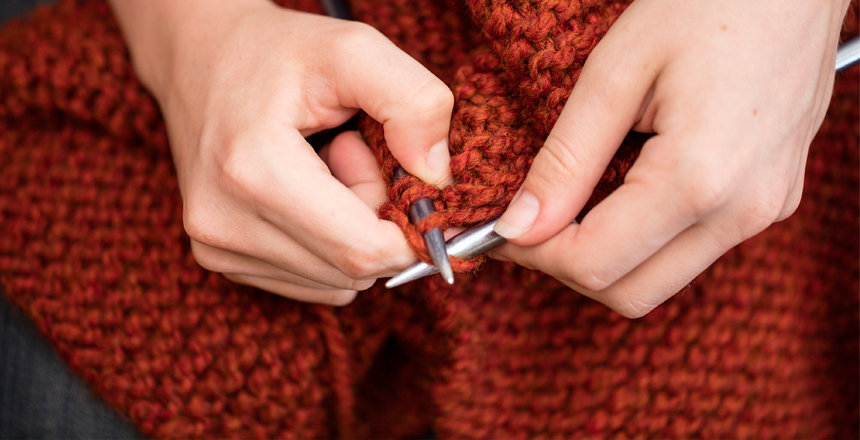
 Over the past year, I’ve experienced several losses that, at the request of the deceased, did not include funerals. Grief rituals are central to my mourning process, but there’s no negotiating with the dead. In the absence of the most standard of ceremonies, how do you give expression to your grief while respecting someone’s final wish for “no funeral, please?” Through personal experience, and conversations with friends and readers who’ve faced the same scenario, here are seven ways to do just that.
Over the past year, I’ve experienced several losses that, at the request of the deceased, did not include funerals. Grief rituals are central to my mourning process, but there’s no negotiating with the dead. In the absence of the most standard of ceremonies, how do you give expression to your grief while respecting someone’s final wish for “no funeral, please?” Through personal experience, and conversations with friends and readers who’ve faced the same scenario, here are seven ways to do just that.
